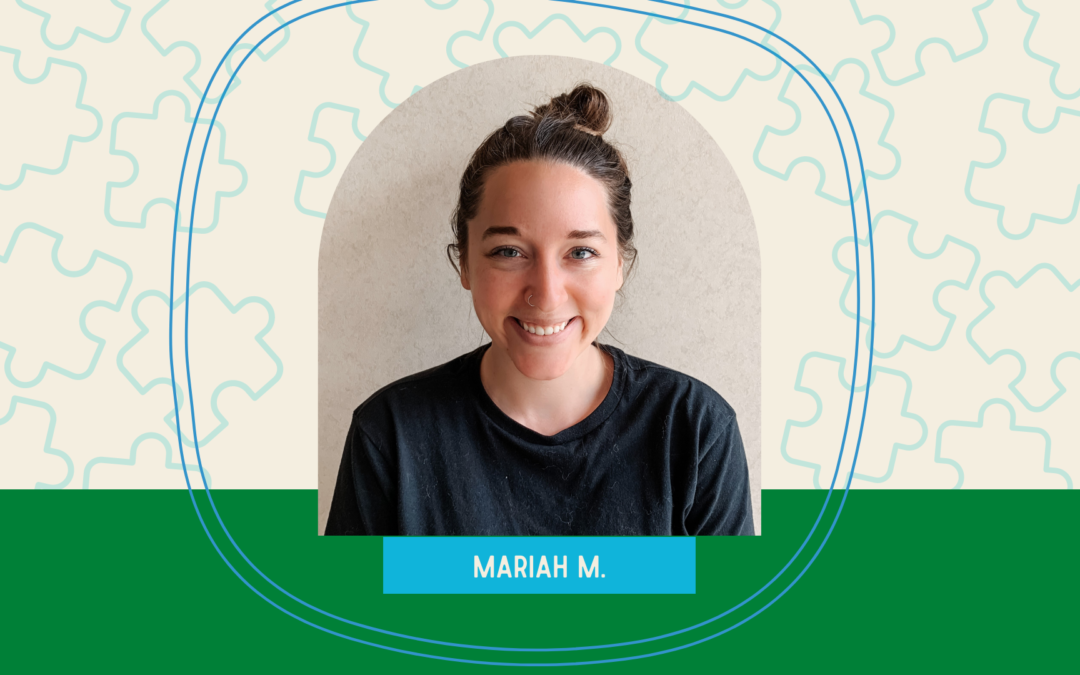If you have made it this far, that means you have opened my blog post. I cannot thank you enough! As someone who has been working in the field of Applied Behavior Analysis (ABA) for the past four years, I have found it to be the most rewarding to teach kids to learn how to ask for what they want.
The way therapists do this in Applied Behavior Analysis is called manding. Manding is when a child asks for and item or activity they want in their environment (Cooper, et al., 2020). It is exciting to share which strategies I have personally seen improve the quality of life for children with you all. Whether a parent or behavior therapist, we have most certainly come across a situation in which the child is visibly frustrated due to not knowing how to ask for what they want or need. Most commonly, a child might really want that toy they remembered is in the other room but cannot express they want to leave the area to go get it. Have you ever been in this scenario? Likewise, our cared for child might be too busy playing in the sand box on the playground that they take another friend’s dump truck without asking.
Teaching a child to learn how to mand (ask for what they want) can help them be more independent, once the most important skills for a kid. This is because they can learn to ask for objects in their environment. For example, let’s say your little one really seems to be wanting that cookie in the packaging on the kitchen table, but in the past, he’s gotten it from you by hitting you or throwing objects across the room. Having a child be able to ask for what they want instead of using either aggression or throwing tantrums can help improve theirs, and your quality of life.
To build this skill, ABA staff members prompt the child’s language for the item they appear to want. For example, if a child is reaching for a truck on the shelf, the therapist will say “I want truck”, modeling the words for the client. Once the child says, “I want truck”, the therapist delivers the item. It is important that the therapist delivers the item with the words “I want truck” so that the child makes the connection that they can get what they ask for. We then work to fade out the use of the prompt, so the client begins to request independently. Below you will find an example of a simple one-word mand that can be tried anywhere.
Example:
- Child looks at the cookie and reaches for it
- Parent says “cookie” to child (prompt)
- Child says “cookie”
- Parent delivers a part of the cookie while saying “cookie”.
- Client enjoys the bite of cookie
- Parent holds up the cookie again
If the client says “cookie” the parent gives a bigger cookie piece
If the client only reaches for the item, the parent can have the child repeat the word “cookie” and deliver a small piece
It is important to set up the home so that your child has more opportunities to ask for what they want. Ideas to promote your child’s need to use language and ask for things would be to place their favorite toys in a place where only you can reach them. This way, they will have to gain your attention in order to encounter what they want. Other ideas include placing items in containers that the child needs help opening and offering choices for meals/snacks. By setting up the environment and using prompts to teach language your child, requesting skills can be built and strengthened.
I hope this post has provided some helpful strategies to use for your child at home. Thank you for taking the time to read about one of the very special aspects of Applied Behavior Analysis.
Mariah Miller, MS


Recent Comments